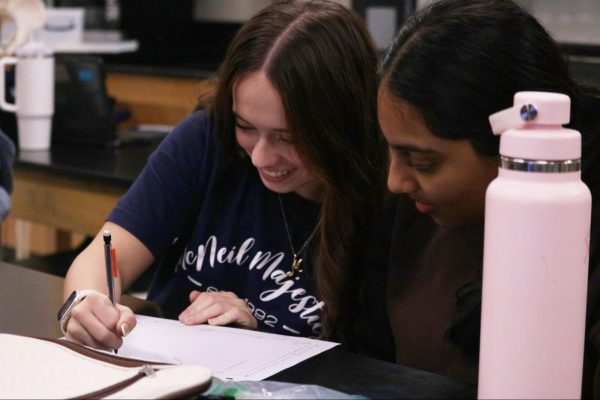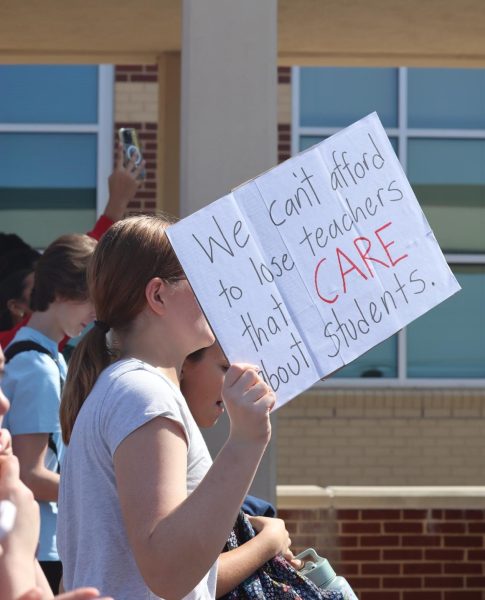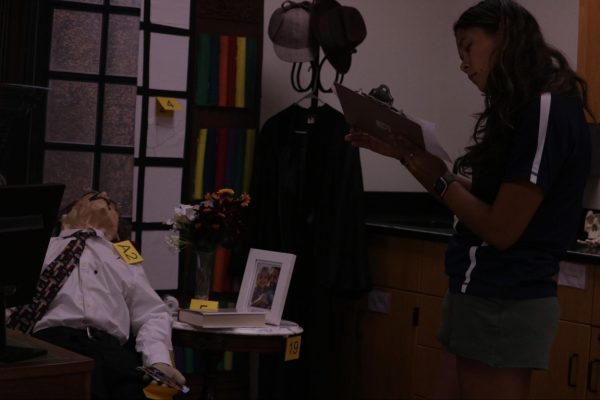CERT for the Rescue
Health science students participate in disaster simulation
All it takes is one natural disaster for families to lose each other, one turn of fate that changes not one, but one thousand lives. In times of crisis, who do we look to and how do we ensure the safety of others? The best policy, according to Shirley Softener Practicum in Health Science instructor, is educating the youth to be certified in emergency response (CERT).
“It’s important that community members be aware about what to do in an emergency situation,” Shofner said. “With better preparation and an educated community, assessing damage and injury becomes minimal.”
To prepare students, the health science academy conducted a disaster simulation where four separate responses were needed. One room was isolated and “moderately damaged.” Students were expected to search and rescue according to FEMA, Federal Emergency Management Agency, procedures. Freshman level students roleplayed as victims for CERT teams and were triaged accordingly.
“Searching and rescuing was probably one of the most complicated part of the entire operation,” senior Kishan Patel said. “You have to search every single nook and corner to make sure that you don’t miss anyone.”
The next station was gas leakage. This was probably the hardest station since it required a lot of body strength. Basically any home, school, recreation center, or building runs on the gas system, so it is very important for any CERT member to be able to locate and shut off the gas leakage.
The third station was cribbing, which is rescuing a victim under heavy objects. One would think that lifting the object off the person would be the solution, however it is a strenuous process that requires multiple team members. The objective is to stabilize the object and remove the victim underneath. Depending on the size and shape of the object, cribbing is best left in the hands of professionals.
The last station was medical operations, where the triaged victims would be assessed.
“There are four tags in triaging,” Naomi Hart, Principles of Health Science instructor said. “Red is for immediate treatment, yellow is for delayed treatment, green is minor injuries and black is for death.”
The step after triage includes a head to toe assessment, medical aide such as fixing broken bones, excessive bleeding, looking for shock or other types of immediate help. Having the community be aware of emergency response can help facilitate CERT teams, minimize risks and injuries, as well as create a better safety system within the community.
Your donation will support the student journalists of McNeil High School. Your contribution will allow us to purchase equipment and cover our annual website hosting costs.





